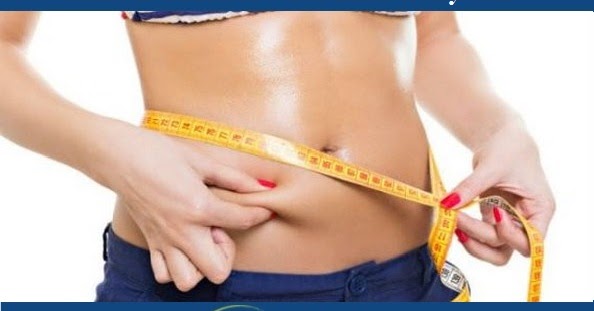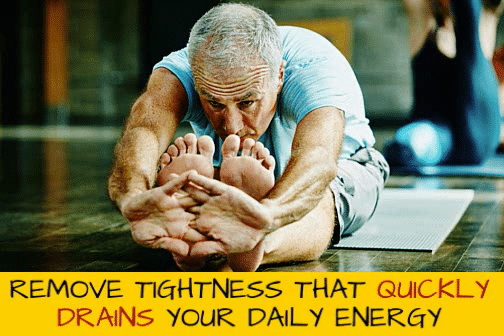How to do leg exercises
Leg exercises should be a part of your regular workout routine. However, to avoid injuries which can delay your workout you need know how to do leg exercises correctly.
Very often I see folks doing leg exercises completely wrong and am therefore compelled to discuss the proper techniques for doing a complete lower body workout.
The leg muscles include those muscles in the area from your gluteal region (butt) down to your feet.
You need healthy legs to walk, run, cycle, stand, dance and jump . . . . among other things. Just imagine, no matter how much you weigh, your legs must support your weight for the rest of your life.
Benefits of strong legs
Benefits of strong legs include:
- Improved athletic performance – most sports require your to have a set of strong legs in order to compete successfully.
- Helps you stand and sit properly
- Perform work around the house
- Gives your body a stable base
- Shapely butt
- Strong legs will reduce the risk of injuries especially falls
Types of leg exercises
There are several exercises that will activate your leg muscles. I will include the main one here:
Squats
Doing squat exercises is the best way to build strong and toned legs and glutes. They can be done with or without weights. When doing squats without weights, stand with your feet approximately shoulder width apart. Push your hip slightly back and then bend your knees to lower your body. Ideally you don’t want your knees going beyond your toes. Lower your body as if you were sitting down in a chair.
Squats without weights
If you are doing squats with weights, it’s important not to rest the bar on your neck or too far below your shoulders. Hold your head up as though looking at the ceiling. The same principle applies in squatting and raising your body without weights. Remember to take in a belly full of air while squatting and exhaling when raising from the squat position. Use light enough weights to complete 10 – 12 repetitions.
Lunges
The next leg exercise that will benefit your quadriceps, gluteus and lower leg muscles is the lunge. As with squats they can be done with or without weights. They are similar to squats in that the same principles apply . . . . knees should not extend beyond your toes and back should be straight. To do them take a giant step forward with your right foot and lower your body until your left knee is almost touching the floor. Raise up and repeat the process by stepping forward with the left foot and lower your body as described above.

Lunges with dumbbells
There are variations to doing squats and lunges but the methodology is the same as above. When you learn how to do leg exercises correctly you will develop your own style and versions of these exercises.
Calf raises
The next exercises are for your calves. Again these can be done with or without weights. To do calf raises without weights, stand with feet at shoulder width apart and raise up on the ball of your feet and lower your body again. If you need to, you can support yourself by holding onto the back of a chair or placing your hands on a wall for balance.
Calf raises with weights are done as described above. You can use a straight bar across the shoulder or by holding dumbbells in at your side. You can also rest a weight in your lap while sitting and raise and lower your legs on the ball of your feet.
These are the three main leg exercises you need to do. Remember to warm-up for five minutes by doing a light cardio and stretches prior to doing any exercises. You don’t need to do a full leg exercise routine more than once per week.
Dos and don’ts when exercising legs
To avoid injuries DO use proper form and if necessary use knee wraps to protect the knee joint. When using heavy weights always seek out someone who knows how to spot you. A spotter should stand behind you and support you by holding you around the waist. They will lower themselves with you as you squat down and raise as you raise yourself.
If possible DON’T do weighted leg raises for quads and hamstrings because they put too much stress on your knees. Over time this will lead to injuries that could delay your progress.
DO rest for at least three minutes between sets to give your muscles time to recover. You can do an upper body exercise during this time.
When you learn how to do leg exercises the proper way you will have a foundation from which you can walk a thousand miles. It takes dedication and perseverance to develop one of the largest and most important muscle group in the body.
To get more leg exercise workouts GO HERE.







[…] There are several types of exercises for your legs. The ones I do most are squats, calf raises and lunges. My preference is to use free weights as opposed to assisted leg machines. Many gyms offer these types of machines and they are helpful when starting your exercise program. However as you progress I would recommend switching to free weights since you get more overall muscle action . . . . including activating your core muscles. For more information on how to do these types of exercises please visit my previous blog on leg exercises. […]